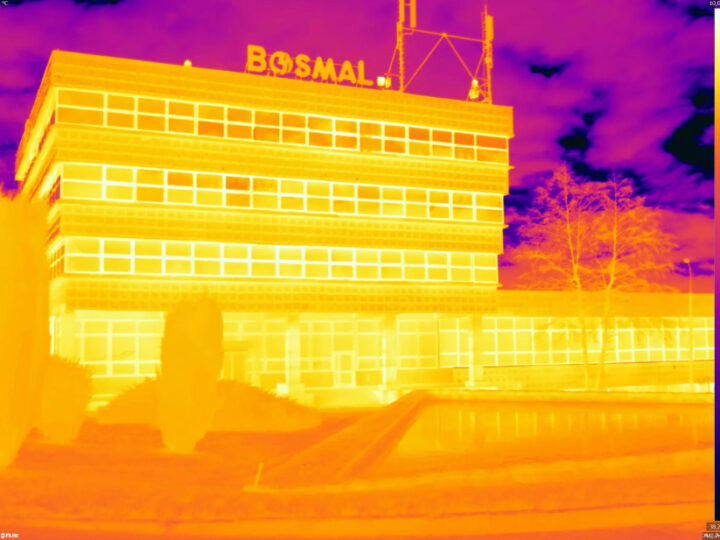Thermovision measurements
Thermovision, sometimes referred to as thermography, is one of the available methods for thermal inspection of products. It uses the phenomenon of non-contact detection of electromagnetic radiation in the mid-infrared band (wavelengths from approx. 0.9 μm to 14 μm). An infrared camera can therefore register the thermal radiation emitted by physical bodies at temperatures of about -40°C to about 2000°C. Typically, thermal imaging cameras record a range from -20°C to 250°C.
The great advantage of the thermovision method is its lack of invasiveness. In addition, it is possible to conduct temperature measurements at hard-to-reach locations. With the use of thermovision methods, we can quickly diagnose the correct functioning of electrical and electronic components, including industrial automation systems, the uniformity of heating of objects such as machines, furnaces, etc.
BOSMAL uses thermovision measurements for research on (among others):
- car seat heating systems,
- heat exchangers,
- windows.



